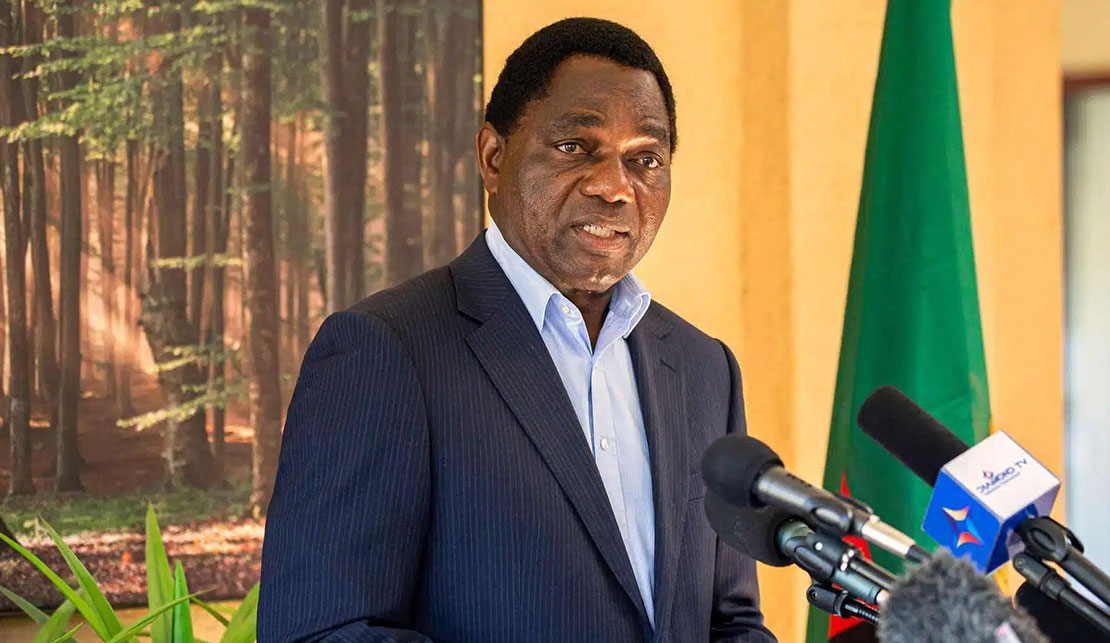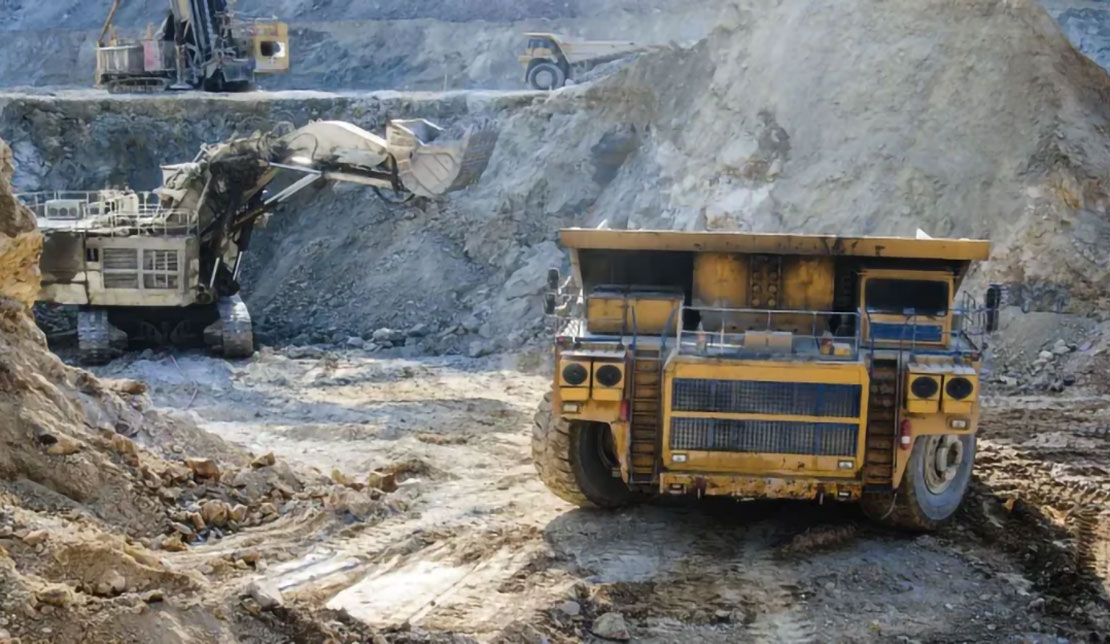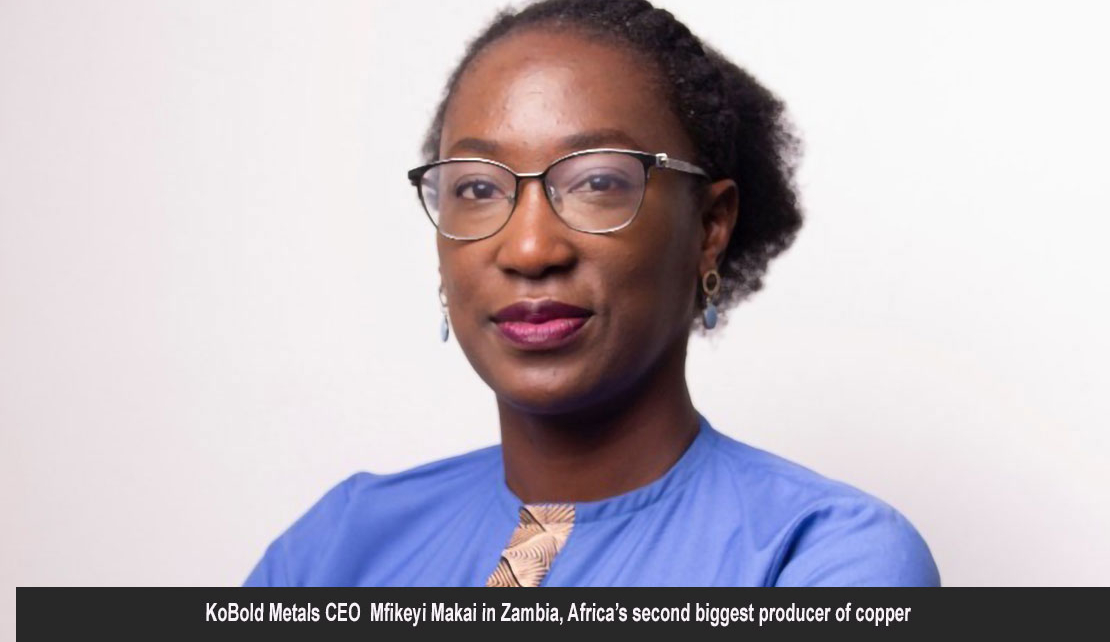MONTEGO BAY, Jamaica, February 6, 2024 – In an exciting development that promises to reshape the global copper industry, Zambia is on the cusp of a monumental transformation, thanks to the recent discovery of the country's largest copper reserve by Kobold Metals.
This groundbreaking find, backed by technology magnates Bill Gates and Jeff Bezos, heralds a new era for Zambia, positioning it as a pivotal player in the global shift towards green energy and electric vehicles (EVs).
The California-based startup, valued at $1.15 billion, is pioneering the use of artificial intelligence to scour historical geological data, a method that has unveiled the vast potential lying beneath Zambia's soil. It is run by Mfikeyi Makayi the most senior woman yet in the mining sector.
“I am the first Zambian woman running an exploration or even a mining company in the country… (Mining) is something that will drive our economy into the future if we get this right,” Makayi told Reuters in an interview.
Makayi, whose home country is Zambia, has a master’s degree in mining engineering from Britain’s Camborne School of Mines, and worked for Canadian miner First Quantum Minerals and Caterpillar before taking up her leadership role in Zambia.
This discovery which has been made under her watch, could not have come at a better time for the United States, considering its efforts to lessen dependency on China for certain valuable minerals, including copper, as well as its adoption of alternative energy sources.

This could also significantly mark a strategic shift in the global supply chain and bolstering efforts towards decarbonization.
Kobold Metals' innovative approach has not only spotlighted Zambia's untapped wealth but also underscored the country's role in the burgeoning demand for copper, essential for EV batteries and renewable energy technologies.
With projections indicating a 20% surge in global copper demand by 2035, Zambia’s newfound reserve is a beacon of hope for meeting this need sustainably.
The implications of this discovery extend far beyond the mining sector; they touch the very heart of Zambia's economic aspirations. The nation, already the world's ninth-largest copper producer in 2022, is aiming to skyrocket its production to the position of the world's second-largest copper producer after Chile.
Zambian President Hakainde Hichilema aims to boost the country’s copper production to 3 million tonnes a year by 2032, from around 850,000 tonnes last year.
Hichilema said in a statement “KoBold Zambia, with Mfikeyi at the helm” would play a critical role in achieving the country’s ambitions to increase copper output.
This ambition is not just about scaling production; it's a vision to revolutionize Zambia's economy, enhance job creation, and promote sustainable development.
Moreover, Zambia’s focus on beneficiation—transforming raw copper into a more finished product for export—demonstrates a commitment to adding value within its borders, promising a ripple effect of economic benefits across the country.
The U.S., Zambia, and the Democratic Republic of the Congo's recent memorandum to develop an integrated EV battery sector value chain is a testament to Zambia's emerging significance in the global market, especially as a counterbalance to China's dominance in critical minerals.
Yet, the journey towards becoming a mining powerhouse is not without its challenges. Zambia faces the task of mining responsibly and sustainably, addressing environmental concerns that accompany large-scale extraction activities.
The nation's efforts to create a favorable investment climate, resolve licensing issues, and invest in environmental sustainability are crucial steps towards ensuring that the copper boon benefits all, without compromising the country's ecological heritage.
As Zambia stands on the brink of this transformative era, the potential for economic growth, technological innovation, and a more sustainable future is immense. The discovery by Kobold Metals is not just a win for Zambia but a beacon of progress for the global community, signaling a move towards a greener, more equitable world powered by the strategic use of natural resources.
With its vast reserves, innovative mining practices, and strategic global partnerships, Zambia is poised to lead the charge in the global copper industry, heralding a new chapter in the country's storied mining history.
 In the meantime, Copper was one of only two metals that finished 2023 in the black, gold being the other metal. The billionaire founder of Ivanhoe Mines, Robert Friedland, has forecast a potential surge in copper prices to $9,500 a metric ton this year.
In the meantime, Copper was one of only two metals that finished 2023 in the black, gold being the other metal. The billionaire founder of Ivanhoe Mines, Robert Friedland, has forecast a potential surge in copper prices to $9,500 a metric ton this year.
Copper’s allure is rooted in its critical role in powering the green transition. In 2023, renewable energy contributed an unheard-of 11.4 trillion yuan ($1.6 trillion) to China’s economy, more than any other sector, according to a report by the Centre for Research on Energy and Clear Air (CREA). The Asian giant invested $890 billion in clean energy technologies last year, similar in size to the GDPs of Switzerland and Turkey.
While the mining sector often finds itself at the crossroads of environmental debates, copper emerges as a more favorable bet than traditional transition technologies like wind and solar. This is particularly notable considering the red metal finished last year with a slight increase of 1.2%, while the S&P Global Clean Energy Index sank over 21%.
According to the CEO of Global Investors, Frank Holmes, "the confluence of economic resilience, burgeoning demand from key sectors and a revitalization in global manufacturing paints a compelling picture for copper in 2024. I’m convinced that the metal is poised not just as a material of historical significance but as a pivotal element in driving forward the next phase of economic and technological progress. In this sense, copper is not merely a commodity; it’s a catalyst for a new era of global economic growth."
-30-

